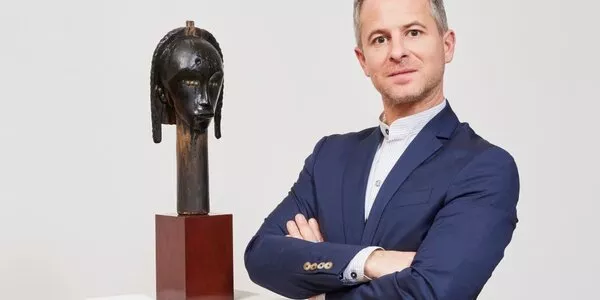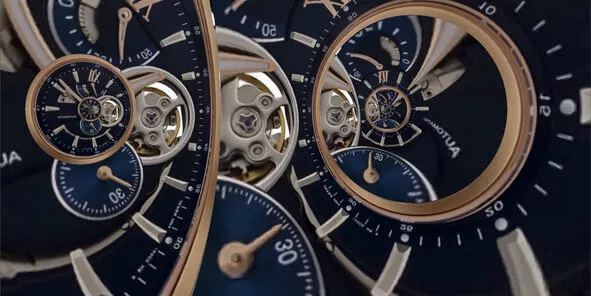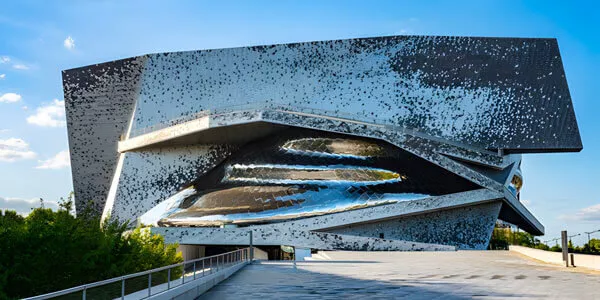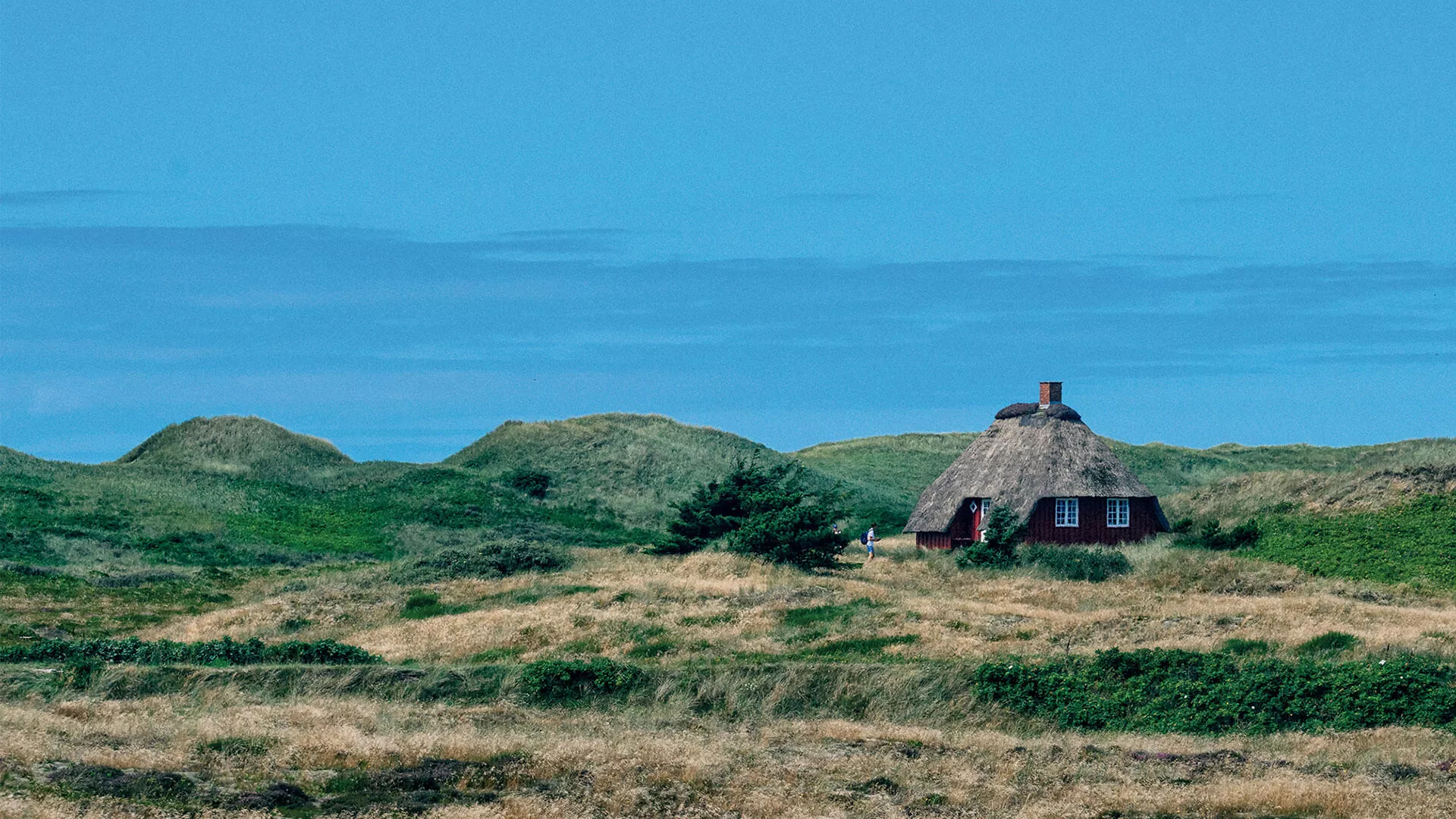
Freewheeling through Europe
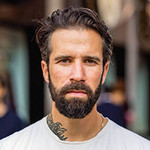
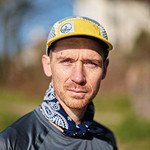
Five days. More than 600 kilometres. Two countries, two men, two bicycles. That would be one way to sum up the journey of Nicolas Cassier and Adam Katz Sinding, two lovers of cycling, travel and endurance sports. But we would be wide of the mark if that was all there was to it. Because cycling is not just a question of muscle and route. It is also and above all a different approach to travel, the environment and the people you meet along the way.
A catalyst for sympathy
“The bicycle is a catalyst for sympathy”, asserts Nicolas Cassier enthusiastically. Perhaps because it is almost universal that “everyone gets on a bicycle at one point or another in their life, wherever they live on the planet. There is hardly anywhere in the world where you can’t find bicycles!” This athlete and endurance runner notes this every time he takes to the saddle for a long distance ride: “It is a mode of transport almost devoid of any competitiveness or aggression. When you arrive on a bicycle, people seem more conscious of the effort that’s involved, which often triggers a feeling of sympathy, of connection. You are always asked where you come from, where you are going. You arouse curiosity... people just become more interested in you.”
Closer to people... and the elements
The French cyclist and his Danish sidekick put the theory to the test during their tour along the North Sea cycle route. Ecologically sound, discreet, quiet, accessible and known to all... the bicycle allows one to travel without being so cut-off from one’s environment, offering the chance of meeting new people. Some are memorable, like the man who walks his Saint Bernard on the German-Danish border daily. “Jokingly, he told us that he liked to travel and so he left the country with his dog every day”, recalls Nicolas Cassier. Or the Hamburg resident who told the two cyclists of the memorable quote that “Hamburg without the rain, it’s not really Hamburg”… And it turned out they had plenty of time to ruminate on it.
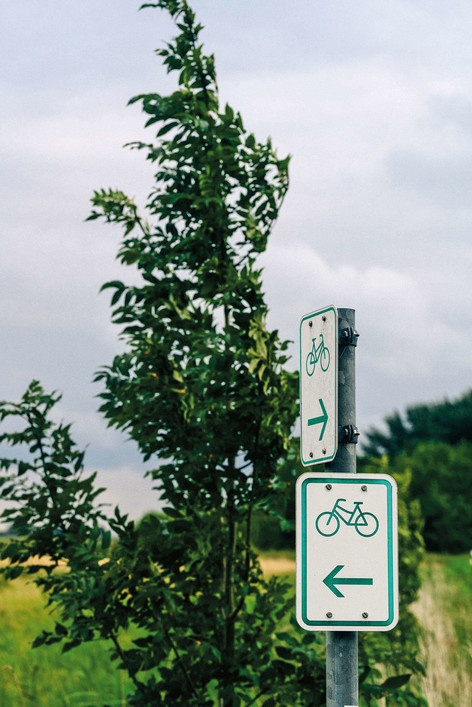
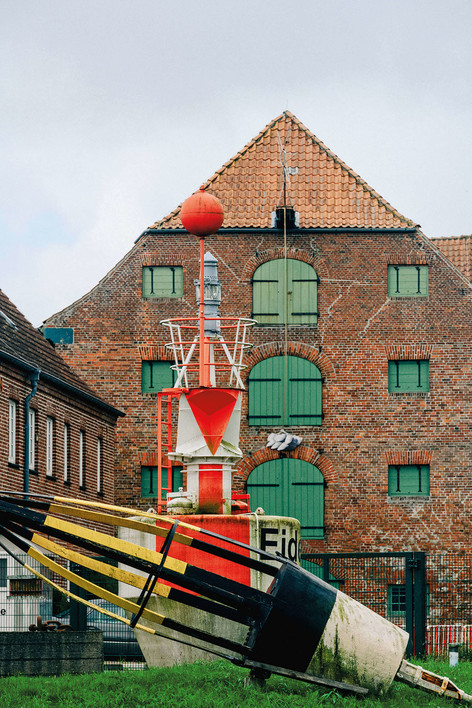
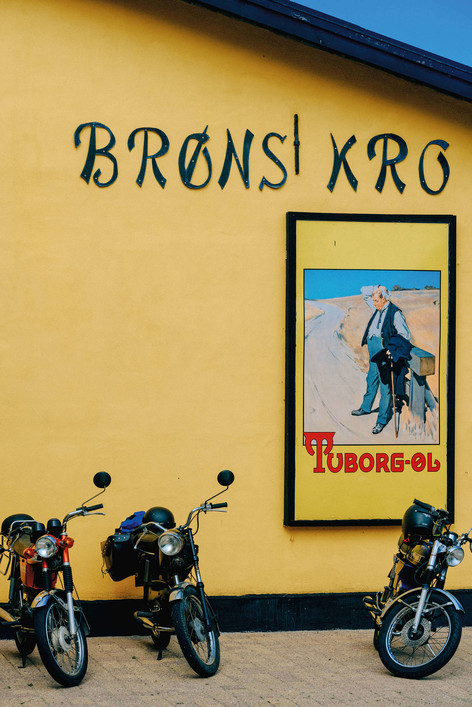
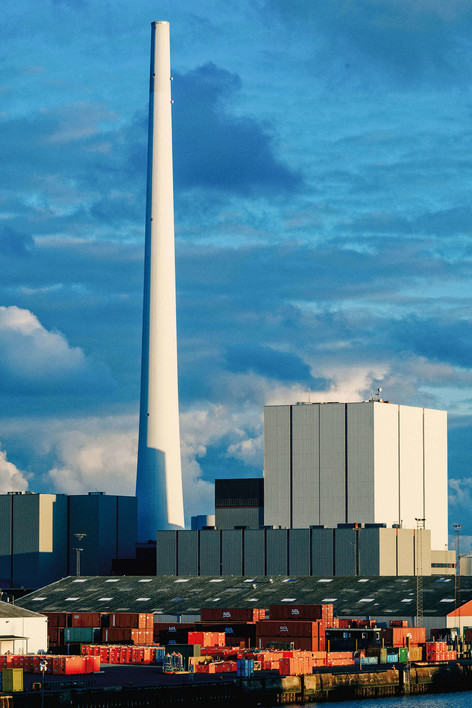
EuroVelo 12 is very well signposted, green on white in Germany and white on blue in Denmark. “These signs have guided us from port to port and as far as Tönning’s maritime beacons, with its brick buildings and cobbled streets.”
The front of a Danish truck-stop restaurant. “We had some great encounters and relished the local cuisine.”
Dusk at the port of Esbjerg, Denmark’s largest trading hub. “Its chimney contrasts with the blades of the windmills that we crossed among the German hedgerows.”
Certainly this is one of the more unavoidable characteristics of any bicycle trip. The proximity, even intimacy with the elements, for better or for worse. In the saddle, you feel the gentle caress or sometimes unforgiving heat of the sun, the wind which increases if you even dare to push harder on the pedals, and the moral-sapping shivers of intemperate weather. Nothing comes between the cyclist and environment through which they move. Traveling by bike means becoming one with the elements, geography, terrain and the light of the world through which you move...
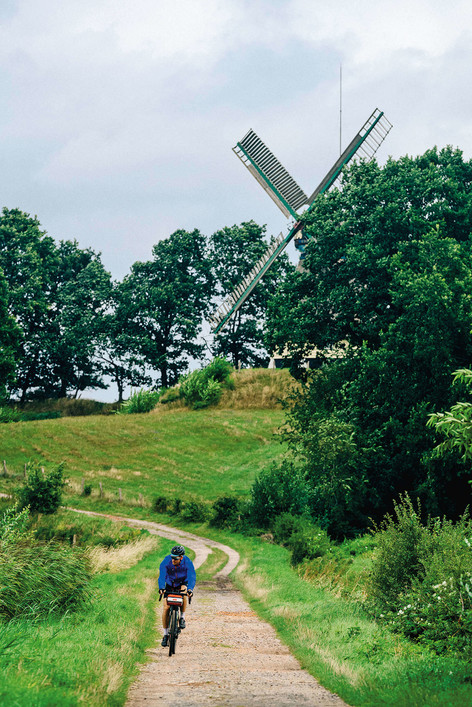
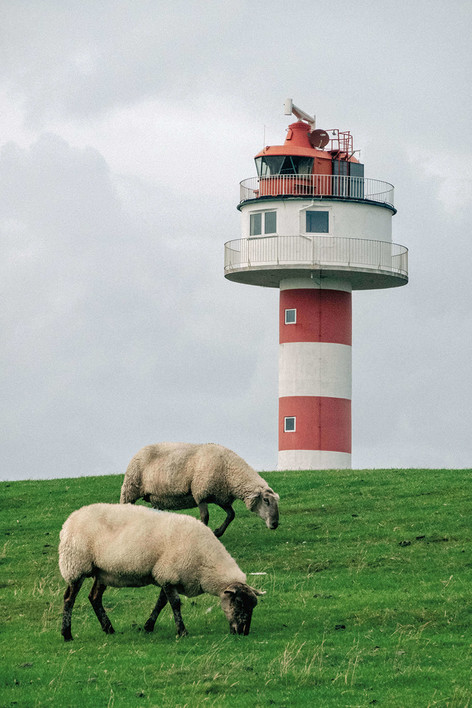
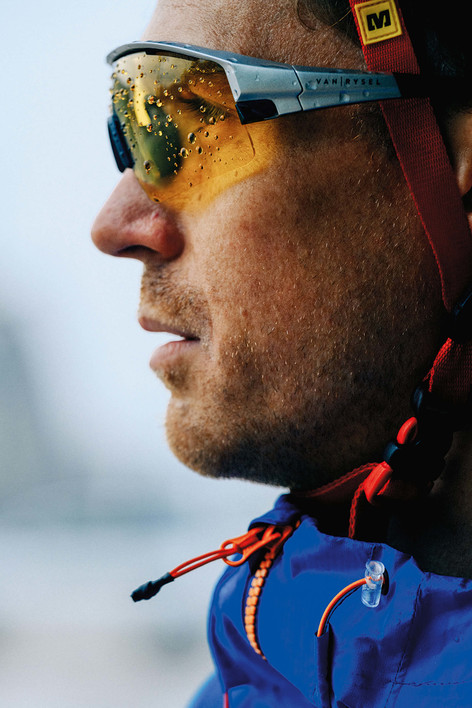
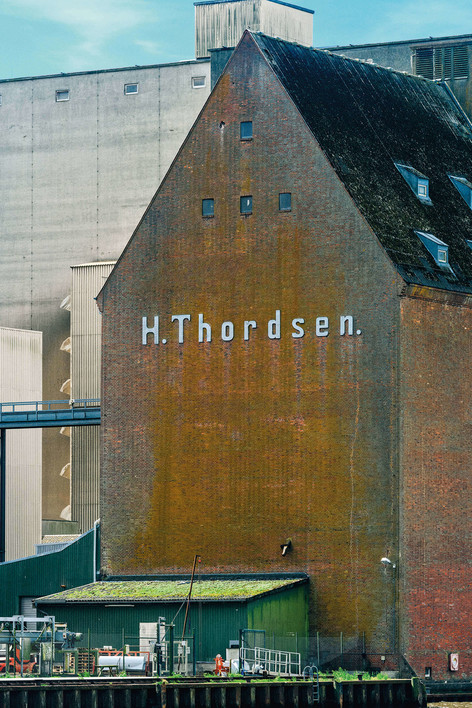
Sheep are ubiquitous along the North Sea coast. They help keep the dike looking trim and watch over the lighthouses that guide the boats out to sea.
Looking out towards the horizon. By bike, you have to learn to live with the weather, whatever that might bring.
The rain brings reflections and character, and the sublime blue sky that follows puts the granaries into perspective.
Overflown by a bald eagle
The shores of the North Sea are not the most clement of Europe. Our two cyclists admit they sometimes had rain, headwinds, times when they had to dig deep, drawing on reserves of will make the next pedal stroke. “EuroVelo 12 is a very ridable route, with asphalt, paths and gravel sections,” explains Nicolas Cassier. “It is certainly accessible to all, but the weather plays an important role in the experience. I remember a time on the North Sea dike where the wind was so strong, I felt the bike might have gone in reverse if I stopped pedalling even for a moment. Yet looking up from the handlebars, at that very moment we were overflown by a bald eagle. A rare and magnificent bird of prey, it can have a wingspan of 2.40 metres. It’s at times like that we forget all the hassles of the road and the difficulty of the effort.”
Seeing the world differently
It is the bicycle that makes serendipitous moments such as spotting a rare bird of prey possible. “In a car, we would never have experienced such a magical moment as this,” enthuses Nicolas Cassier. Likewise with the swallows which came to circle around them. For Nicolas Cassier, there is no doubt: the bicycle offers the privileged means of appreciating time and space, of experiencing the environment in the raw. It allows us to see things from another angle, at a different pace, to discover landscapes that otherwise might not have touched us at all and to learn more easily how to appreciate the variety of environments around us. “The route out of Hamburg is amazing, with its brick houses reflected in glass buildings. Then you travel through the district nicknamed Little Notting Hill with its English-style mansions. Further on, the track winds in and out of pastures and marshes. Migratory birds come to spend the summer there and grazing sheep are used to maintain the grassy slopes of the dike. We rode through industrial sites and brushed past the hulls of container ships, steel giants weighing thousands of tons. Then we pedalled through a nature reserve, or between dunes dotted with Scandinavian-style huts.” Be it the heart of the city or far out in the countryside, cycling allows you to feel in tune with different environments, in all their diversity.
A contemplative break at the foot of the statue Man meets the Sea, a monumental sculpture by Sven Wiig Hansen just outside Esbjerg.
In praise of simplicity
Perhaps this is, after all, the great merit of “taking to two wheels”. It is the mode of transport with simplicity at its heart. Of course, these days bicycles are often sophisticated, ultra-light, high-tech machines with carbon frames and electronic gear-shifts. “It is not necessary to be decked-out with the latest and most sophisticated equipment to go on a trip”, insists Nicolas Cassier.
We can also choose to keep the bicycles and attendant accessories simple, knowing that we can always, anywhere, get spares in case of breakage. And also one can just go semi-autonomous, with just a helmet, a few things, a toothbrush. Only the minimum is needed to go ahead and enjoy simple pleasures, such as a celebratory dip in the North Sea for the two cyclists at the end of their journey on EuroVelo 12, behind the sand spit of the fishing village at Hvide Sande. “When we arrived, the water was reflecting the orange lights of the setting sun back at us. All we had to do was put down the bikes and throw ourselves into the waves.”
A few tips to get back in the saddle
How?
Cycling can take as many forms as there are cyclists. “By bike, it’s not just about getting to the destination,” explains Nicolas Cassier. “What matters is what happens along the way. It is between point A and point B that there is this extraordinary experience to be had. We are more in search of the pleasure of movement than the attraction of the destination. So you don’t necessarily have to go very far. We can cover 25 km per day, or more than 100 if we take a more sporty approach.”
Where?
All over. “You just have to find a pretext. It could be a castle 30 km from home! You can do a 50 km trip right from home!”
When?
When you want. “It’s up to you really to decide what the limits are, assures Nicolas Cassier. You just need to get in the saddle and pedal!”
What equipment do you need?
Here again, many options are possible. If you want to go far, it is best to have slightly more sophisticated equipment, which will be more efficient and lighter. But in fact, you can travel with any bike, as long as you adapt your programme to the machine, your expectations and your physical condition. What are the essentials? A helmet, a good pair of shorts and a good saddle. “The saddle is critical to making the trip enjoyable,” explains Nicolas Cassier. It’s important, we’re sat on it for hours, after all!”
With who?
Everybody. Sports-person or not, easy-going amateur or performance addict, from 7 to 77 years old. With family or friends. With all those who want to do something different. And it is all the more simple, easy and accessible since the arrival of electric bikes.
What is EuroVelo 12?
EuroVelo 12 is a European cycle route covering more than 7,000 kilometres around the North Sea, from Scotland to Norway via the UK, France, Belgium, Germany, the Netherlands, Denmark and Sweden.
The EuroVelo cycle route network covers 90,000 kilometres in 38 countries.
This North Sea Cycle Route was the first to be opened in 2001. Since then, it has been joined by 16 more long-distance cycle routes totalling more than 90,000 kilometres to connect and unite the entire continent. Each route uses the road and off-road cycle tracks of each country it passes through, and is marked by dedicated European signage.
To find out more: https://fr.eurovelo.com/
